Spark是2015年最受热捧大数据开源平台,我们花一点时间来快速体验一下Spark。
Spark 技术栈
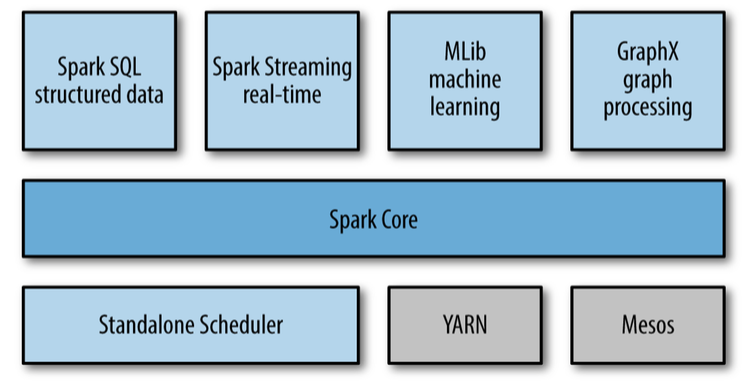
如上图所示,Spark的技术栈包括了这些模块:
-
核心模块 :Spark Core
-
集群管理
-
Standalone Scheduler
-
YARN
-
Mesos
-
-
Spark SQL
-
Spark 流 Streaming
-
Spark 机器学习 MLLib
-
GraphX 图处理模块
安装和启动Spark
Spark Python Shell
Spark Ipython Shell
Spark 架构
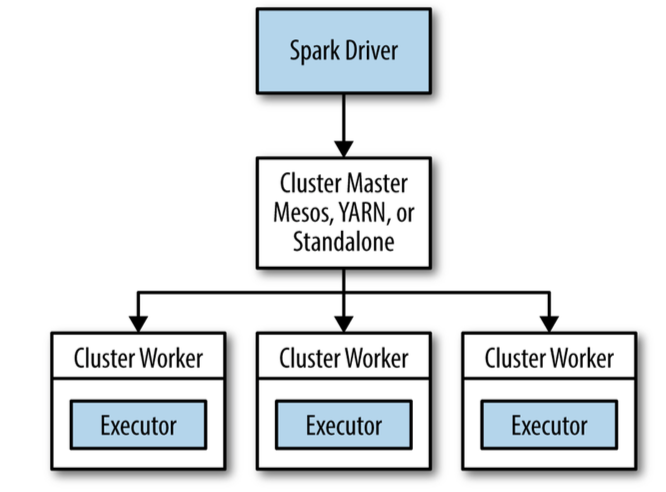
初始化 Spark Context
在使用Spark的功能之前首先要初始化Spark的context,Context包含了Spark的连接和配置信息。
Spark Context,Driver和Worker节点之间的关系如下图:
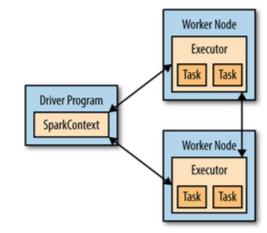
创建 RDD
RDD是Spark的基本数据模型,所有的操作都是基于RDD。RDD是inmutable(不可改变)的。
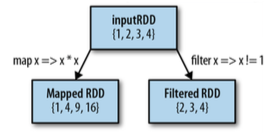
RDD 操作:
下面是一些对RDD的变形操作
RDD Transformation on {1,2,3,4}

两个RDD之间的操作, Transformation on {1,2,3} and {3,4,5}
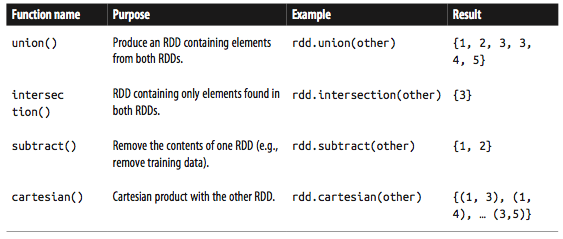
RDD actions on {1,2,3,3}
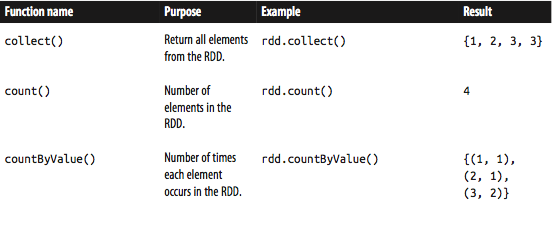
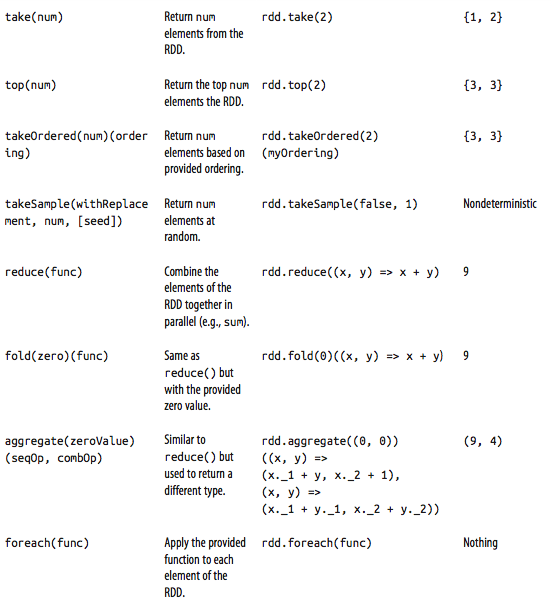
Transformation on pair RDD {(1,2),(3,4),(3,6)}


Transform on two pair RDDs {(1,2),(3,4),(3,6)}, {(3,9)}
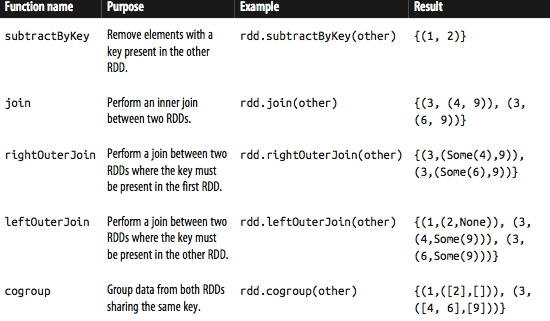
Spark 流 stream
Spark流基于RDD,可以理解对小的时间片段上的RDD操作。


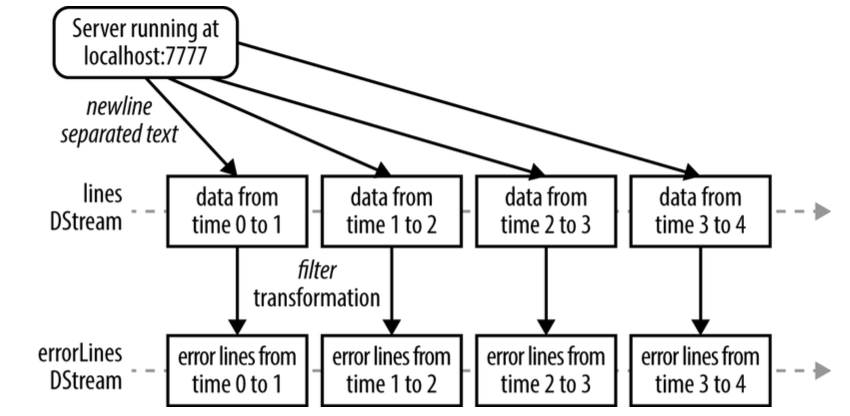
SparkSQL
Spark SQL可以用于操作和查询结构化和半结构化的数据。包括Hive,JSON, CSV等。
Spark SQL支持JDBC
SparkML
机器学习的基本流程如下:
-
-
获得数据
-
从数据中提取特征
-
对数据进行有监督的或者无监督的学习,训练机器学习的模型
-
对模型进行评估,找出最佳模型
-
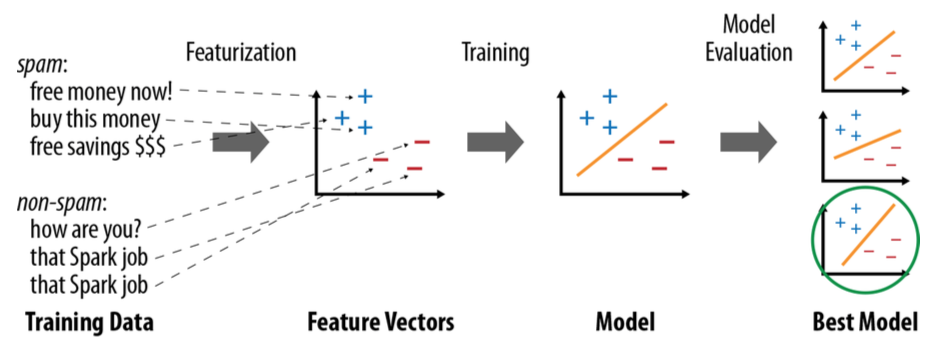
由于Spark的架构特点,Spark支持的机器学习算法是哪些可以并行的算法。
 Spark大数据平台简介
Spark大数据平台简介







 本文介绍Spark大数据平台,涵盖其核心技术栈、安装启动方法、架构原理及应用实例,包括RDD操作、Spark SQL数据查询、流处理及机器学习算法实现。
本文介绍Spark大数据平台,涵盖其核心技术栈、安装启动方法、架构原理及应用实例,包括RDD操作、Spark SQL数据查询、流处理及机器学习算法实现。
















 762
762

 被折叠的 条评论
为什么被折叠?
被折叠的 条评论
为什么被折叠?








